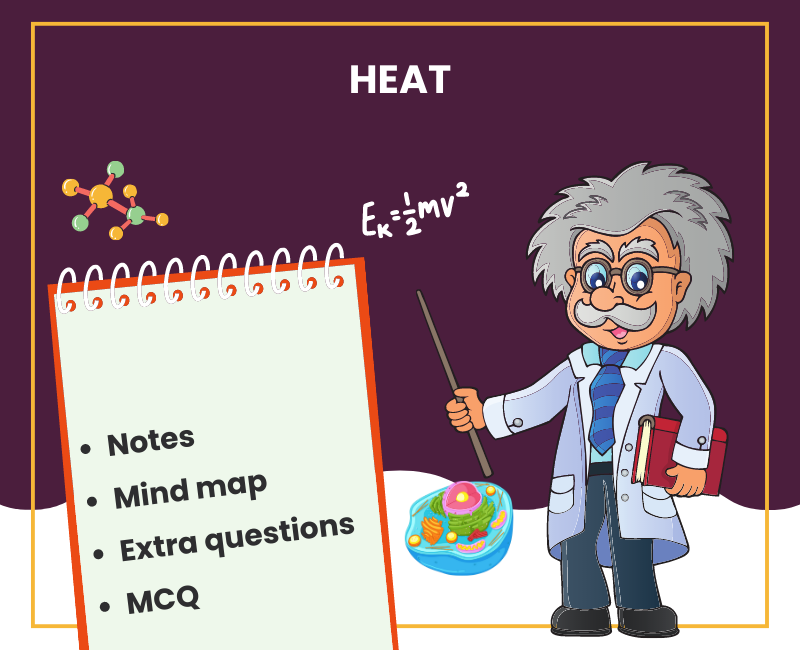Class 7th Notes on Weather Climate and Animal Adaptations to Climate
Weather Climate and Animal Adaptations to Climate class 7
What is Weather?
Chapter Summary: Weather, Climate and Adaptations of Animals to Climate
The chapter "Weather, Climate and Adaptations of Animals to Climate" in Class 7 Science focuses on understanding the difference between weather and climate, as well as the ways in which animals adapt to their environment.
Weather refers to the short-term atmospheric conditions in a specific place at a particular time. It can be measured using different instruments like a thermometer, barometer, hygrometer, anemometer, and rain gauge.
Climate, on the other hand, refers to the long-term average of weather conditions in a particular region over a period of time, usually 30 years. It is determined by various factors such as temperature, humidity, wind, precipitation, and air pressure.
Animals have adapted to their environment in many ways to survive in different climates. Some animals, like camels and polar bears, have physical adaptations to protect themselves from extreme temperatures, while others, like migratory birds, change their behavior to survive in different environments.
Some animals, like the Arctic fox and the chameleon, change the color of their fur or skin to blend in with their surroundings. Some animals, like the penguins and the polar bears, have adapted to living in cold climates by developing thick fur or blubber to protect themselves from the cold.
In the chapter, students also learn about the adaptations of animals living in deserts, rainforests, and aquatic habitats. For example, animals in deserts have adapted to conserve water, while those in rainforests have adapted to thrive in a humid environment. Aquatic animals, such as fish and whales, have adapted to live in water by developing fins, gills, and streamlined bodies.
Overall, this chapter provides students with an understanding of the importance of weather and climate in the survival of animals, and how different animals have adapted to their environments to survive.






